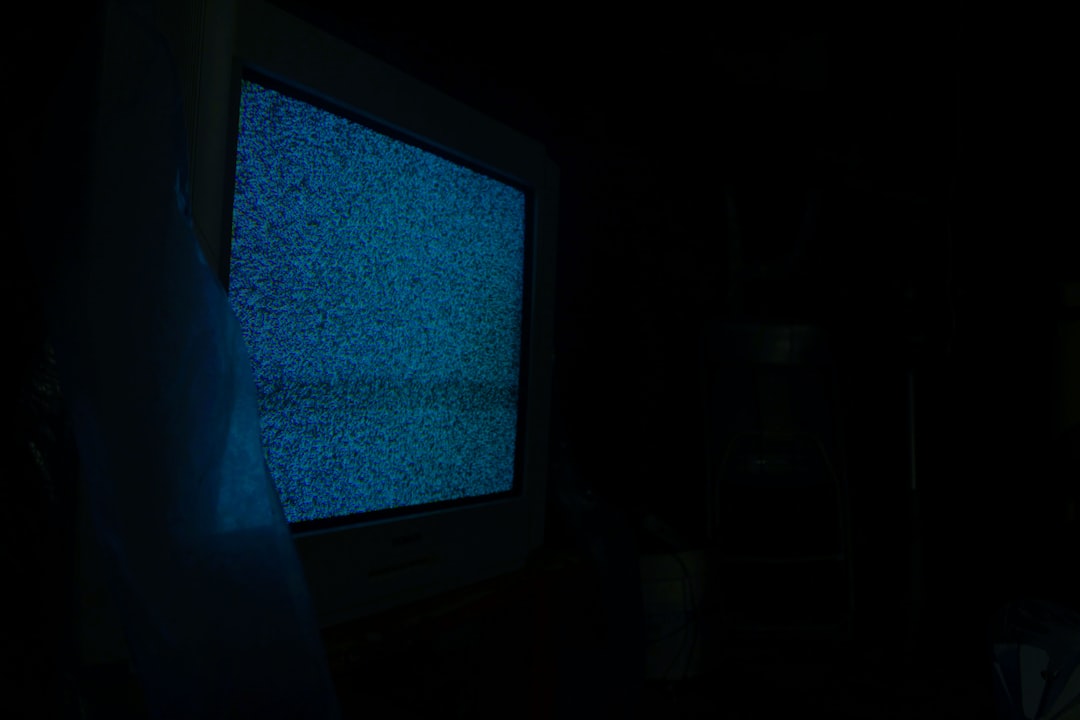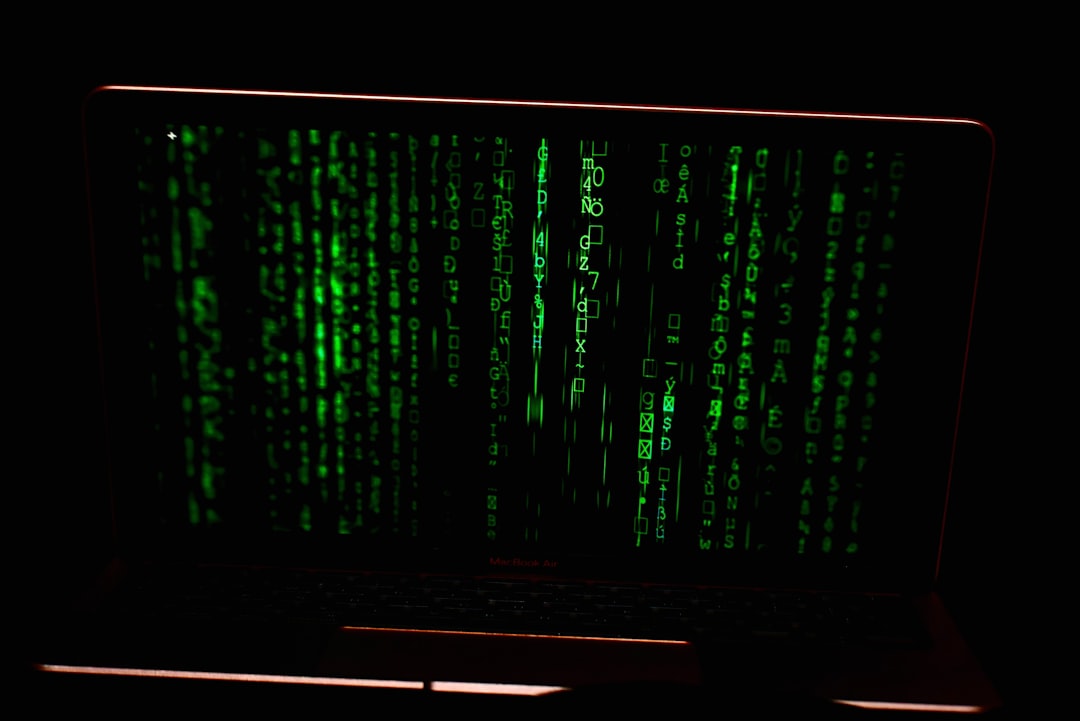Receiving the dreaded 0xc0000005 error code on Windows can be a frustrating experience for users of all technical levels. This application error indicates that Windows is having trouble properly accessing or managing memory, and it frequently causes programs to crash or fail to launch altogether. Given its wide impact—from gaming and development software to basic system utilities—understanding and resolving error 0xc0000005 is crucial for maintaining system stability and performance.
In this guide, we’ll provide a comprehensive walkthrough of what causes this error and detailed, trustworthy solutions to resolve it. Whether you’re dealing with this on a personal laptop or a professional workstation, our step-by-step instructions will help you fix the problem securely and effectively.
What Is Error Code 0xc0000005?
Error 0xc0000005 typically occurs when an application cannot access the memory it needs. This issue is formally recognized as an Access Violation. It can appear in a variety of scenarios, such as:
- Launching an application
- Installing or updating software
- Initiating a Windows update
- Using resource-intensive programs such as games or design software
Common Causes of Error 0xc0000005
Several factors might be responsible for this issue, including but not limited to:
- Corrupted system files
- Faulty RAM modules
- Incorrect or outdated software drivers
- Virus or malware infections
- Third-party software conflicts
- Damaged Windows Registry entries

How to Fix Error Code 0xc0000005
Below are several methods to help you identify the root cause and effectively resolve the error.
1. Run System File Checker (SFC)
The first step is to check for any missing or corrupted system files:
- Press Windows Key + X and select Command Prompt (Admin) or Windows Terminal (Admin).
- Type the following command and press Enter:
sfc /scannow - Let the process complete. If corrupted files are found, Windows will attempt to repair them automatically.
2. Check for RAM Issues
Faulty memory modules are a leading cause of error 0xc0000005. Windows provides a built-in tool to check your RAM:
- Press Windows Key + R, type
mdsched.exe, and press Enter. - Select Restart now and check for problems.
- Allow the tool to check your memory. It will report issues upon reboot.
If issues are found, you may need to replace one or more memory modules.
3. Update or Reinstall Drivers
Outdated or broken drivers can cause access violations. Be sure all your drivers are current:
- Open the Device Manager by pressing Windows Key + X and selecting it.
- Go through each category (especially Display adapters and Network adapters) and right-click to Update driver.
- You can also visit the manufacturer’s website and download the latest drivers directly.
4. Perform a Malware Scan
Malicious software may prevent applications from accessing necessary memory areas. Use your built-in or third-party antivirus software to run a full scan:
- Open Windows Security from the start menu.
- Navigate to Virus & threat protection.
- Click Quick scan or Full scan for a thorough check.

5. Disable Data Execution Prevention (DEP)
DEP is a memory protection feature that can sometimes interfere with legitimate programs. Disabling it might resolve the error, especially if only one program is affected. Here’s how to do it:
- Press Windows Key + Pause/Break to open System Properties, or search for View advanced system settings.
- Under the Advanced tab, click Settings under Performance.
- Go to the Data Execution Prevention tab.
- Select Turn on DEP for all programs and services except those I select.
- Click Add, browse to the affected executable file (.exe), and add it to the exclusion list.
- Apply the changes and restart your PC.
Note: Only use this method if you are sure the application is safe and not counterfeit software.
6. Modify the Windows Registry (Advanced Users Only)
If you’re comfortable editing the Registry, you can try this fix—but be very cautious, as mistakes can severely impact your system:
- Press Windows Key + R, type
regedit, and press Enter. - Navigate to:
HKEY_LOCAL_MACHINE\SOFTWARE\Microsoft\Windows NT\CurrentVersion\Windows\AppInit_DLLs - Ensure the value for AppInit_DLLs is empty. If not, double-click it and delete any value in the field.
- Close the editor and restart your computer.
7. Restore Your System
If the error started recently, use System Restore to roll back to a previous stable configuration:
- Type
rstruiin the Windows search bar and hit Enter. - Select a restore point before the problem began and follow the prompts.
8. Perform a Clean Boot
Third-party software may be causing conflicts. To isolate the issue:
- Press Windows Key + R, type
msconfig, and press Enter. - Under the Services tab, check Hide all Microsoft services and click Disable all.
- Go to the Startup tab and open Task Manager.
- Disable all startup items.
- Restart your computer. If the error is gone, re-enable services one at a time to find the culprit.
9. Reinstall the Problematic Application
If the error occurs with only one specific program, reinstalling it may resolve the issue:
- Go to Settings > Apps and uninstall the software.
- Download the latest version from the official website.
- Install it and restart your PC.
10. Update Windows
Microsoft regularly releases patches that address bugs and compatibility issues. Make sure your system is up to date:
- Go to Settings > Update & Security > Windows Update.
- Click Check for updates and install any available patches.
When All Else Fails: Consider a Clean Reinstall
If you’ve tried all the above solutions and the error persists, you may consider performing a clean installation of Windows. This should be a last resort, as it will remove all your apps and data. Make sure to back up important files first.
Conclusion
The 0xc0000005 error code can be challenging, but not insurmountable. By following the methods outlined above, most users can resolve the issue and return their systems to optimal operation. Always take precaution when editing system settings or registry entries, and consider professional support if you are uncertain about any of the steps.
Staying
